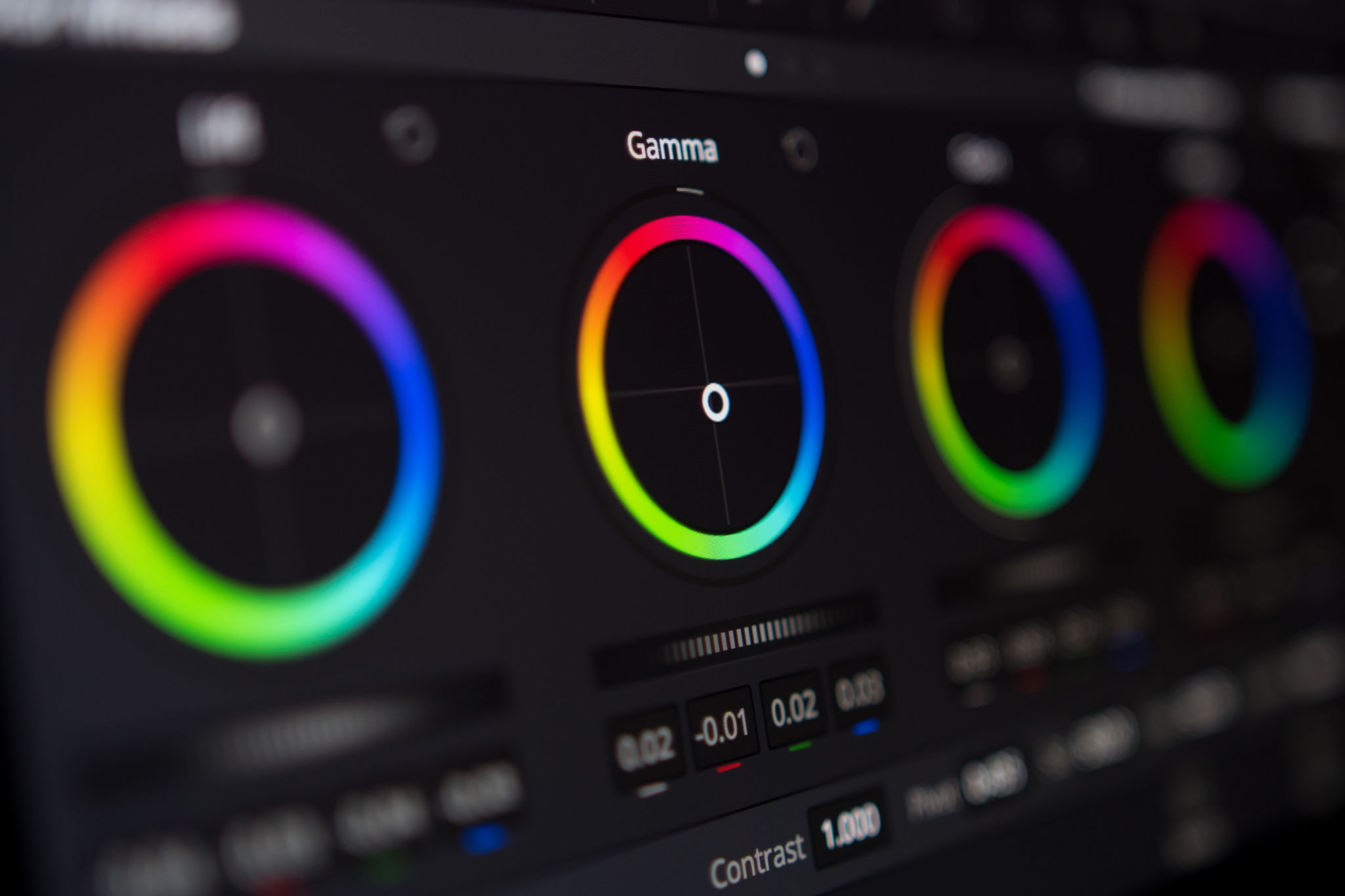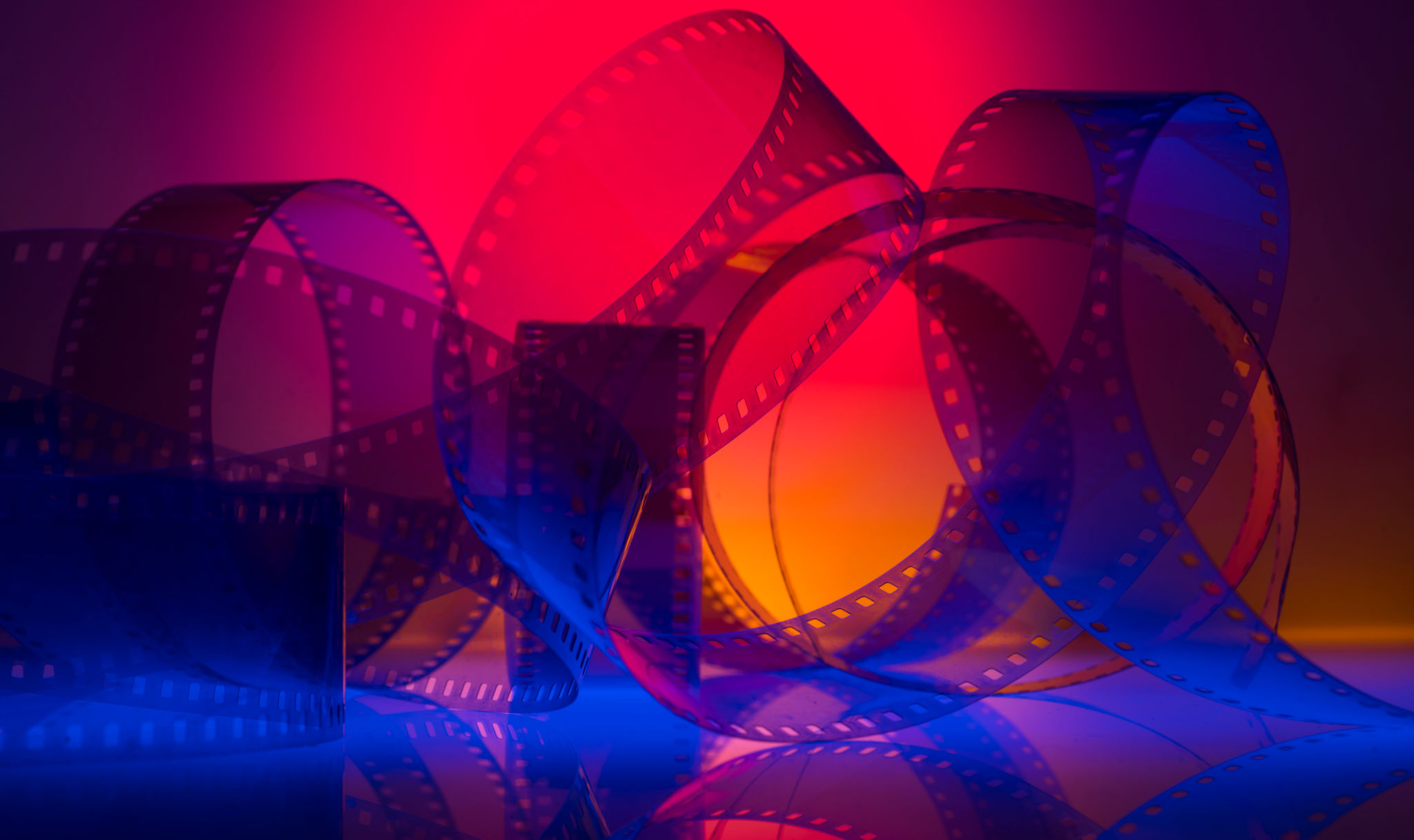How to Achieve Stunning Visuals with Cinematic Color Grading Techniques
Understanding Cinematic Color Grading
Cinematic color grading is an essential process in filmmaking and photography that transforms ordinary images into stunning visual pieces. This technique involves adjusting the colors, tones, and contrast to create a specific mood or atmosphere, enhancing the story being told. Whether you're a professional filmmaker or a hobbyist photographer, mastering cinematic color grading can elevate your work to new heights.

The goal of cinematic color grading is to create a visual style that complements the narrative. By using different grading techniques, you can evoke emotions, highlight important elements, and maintain visual consistency across scenes. To achieve this, understanding the basic principles of color theory and how colors interact with each other is crucial.
Essential Tools for Color Grading
To start with cinematic color grading, you'll need the right tools. Software like Adobe Premiere Pro, DaVinci Resolve, and Final Cut Pro offer powerful features for color correction and grading. These programs provide a wide range of tools for adjusting brightness, contrast, saturation, and more. Additionally, they offer advanced features like color wheels, scopes, and LUTs (Look-Up Tables) to help refine your grading process.
Investing in a high-quality monitor is also important. A monitor that accurately displays colors ensures that your grading efforts translate well across different devices and screens. Calibration tools can further enhance your monitor's accuracy, giving you confidence in the colors you choose.
Techniques for Effective Color Grading
There are several techniques to explore when diving into cinematic color grading. Here are some fundamental approaches you may consider:
- Contrast Adjustment: Enhancing contrast can make your images pop by defining shadows and highlights more clearly.
- Saturation Control: Adjusting saturation levels can either make colors vibrant or subdued, depending on the mood you're aiming for.
- Use of LUTs: Applying LUTs can quickly give your footage a specific look or style without extensive manual adjustments.

Experimenting with these techniques will help you find the right balance for your project. Remember to keep the story in mind as you make adjustments to ensure the visuals align with the narrative's emotional tone.
Creating Mood with Color
The use of color in cinematic grading can greatly influence the mood of a scene. For instance, warm colors like reds and oranges often suggest passion or intensity, while cooler colors like blues and greens can evoke feelings of calm or melancholy. Understanding how different colors affect perception is key to creating compelling visuals.
An effective practice is to analyze films or photographs that you admire. Pay attention to how color is used to support storytelling and try to emulate those techniques in your own work. By doing so, you'll develop a keen eye for how color impacts the audience's emotional response.

Consistency Across Scenes
Maintaining consistency in color grading across scenes is vital for a cohesive look. This involves ensuring that lighting conditions, time of day, and environmental factors are considered when applying grades. Consistency helps in keeping the audience immersed in the story without distracting shifts in visual style.
One way to achieve this is by creating a color palette for your project. By having a predetermined set of colors that you frequently use, you can ensure that each scene visually aligns with the others. This approach also helps in streamlining the grading process, saving time while maintaining quality.
In conclusion, mastering cinematic color grading can significantly enhance your visual storytelling capabilities. By understanding the tools and techniques involved, experimenting with different styles, and maintaining consistency, you can create stunning visuals that captivate and engage your audience.
